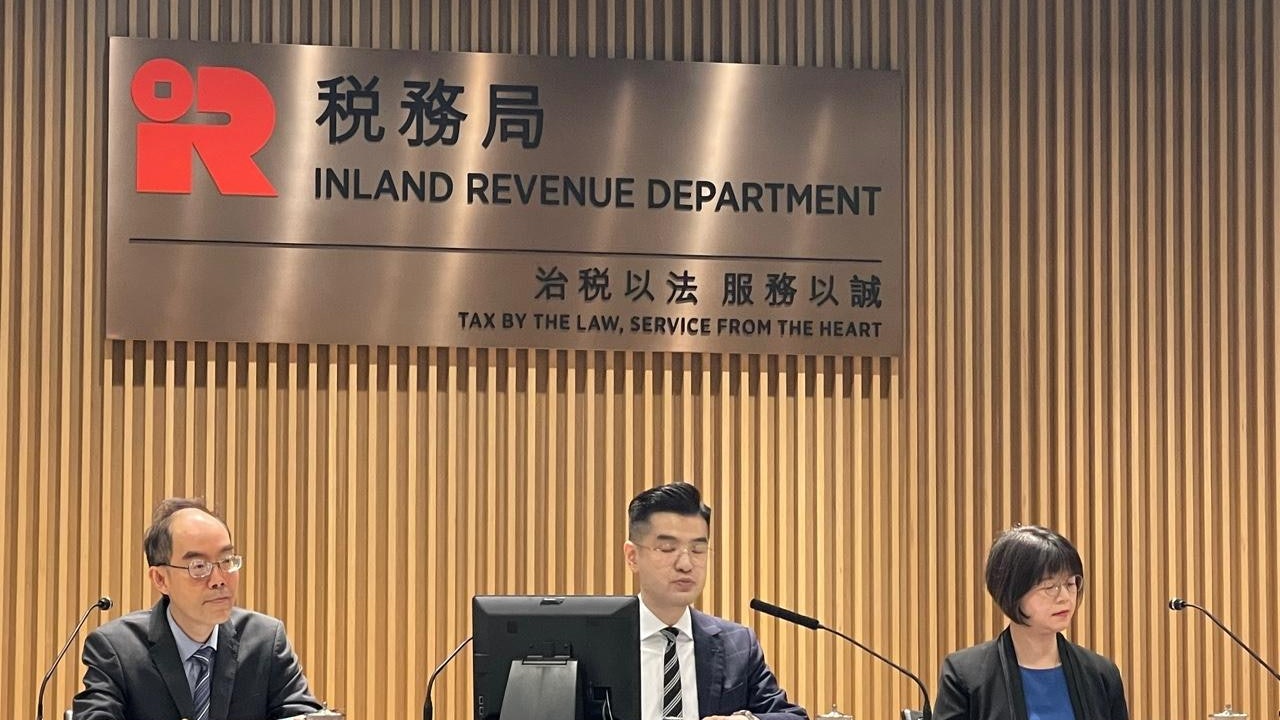The user wants a detailed analysis and professional report based on the provided title: “報稅2025|今發266萬份個人報稅表 6.2前遞交稅務局籲網上報稅”.
The report should be over 1000 words, written in traditional Chinese, follow a specific structure (attractive opening, subheadings, logical flow, strong conclusion), incorporate the information from the title, avoid jargon, be creative, and resonate with the reader. It should be in Markdown format, without an opening main title, English, greetings, or source/reference lists at the end.
Plan:
* Topic: Tax filing 2025
* Action: Issuing 2.66 million individual tax returns today.
* Deadline: June 2nd (for submission).
* Recommendation: Tax Bureau urges online filing.
* Implicit context: This is about the annual tax filing process in Hong Kong (based on the terminology and date format usually associated with HK tax system).
* Opening: Hook the reader by highlighting the annual ritual of tax filing and its significance. Mention the large number of returns issued.
* Section 1: 報稅季又來臨:那熟悉的信封與數位浪潮 (The Tax Season Arrives Again: That Familiar Envelope and the Digital Wave) – Discuss the sheer volume of tax returns and the tradition vs. the push for digitalization.
* Section 2: 為何是「今日」?:266萬份稅表背後的意義 (Why “Today”?: The Meaning Behind 2.66 Million Tax Returns) – Elaborate on the significance of the mass issuance date, the start of the tax season for most individuals.
* Section 3: 刻不容緩的限期:6月2日前的準備與行動 (The Pressing Deadline: Preparation and Action Before June 2nd) – Break down the deadline, explain its importance, and suggest what taxpayers need to do.
* Section 4: 稅務局的呼籲:網上報稅的好處與推廣 (The Tax Bureau’s Call: Benefits and Promotion of Online Tax Filing) – Detail the advantages of e-filing from the taxpayer’s and the government’s perspective. Address potential concerns.
* Section 5: 避開陷阱,聰明報稅:常見問題與提醒 (Avoiding Pitfalls, Smart Filing: Common Issues and Reminders) – Provide practical tips, common errors to avoid, and resources available.
* Section 6: 報稅不只是義務:它與我們生活的連結 (Tax Filing is More Than an Obligation: Its Connection to Our Lives) – Broader perspective on how tax contributes to public services.
* Conclusion: 告別拖延,迎向數字未來:順利完成報稅 (Say Goodbye to Procrastination, Embrace the Digital Future: Smoothly Complete Your Tax Filing) – Summarize the key points and end with an encouraging note.
Constraint Checklist & Confidence Score:
Confidence Score: 5/5
Strategizing complete. I will now proceed with generating the response based on the plan. I will ensure to use the numbers (266萬份) and the date (6月2日) mentioned in the title and emphasize the online filing recommendation as the core message from the tax bureau. I will structure the response with clear subheadings and build the narrative around the annual tax filing cycle, its significance, and the modern approach (online filing).







